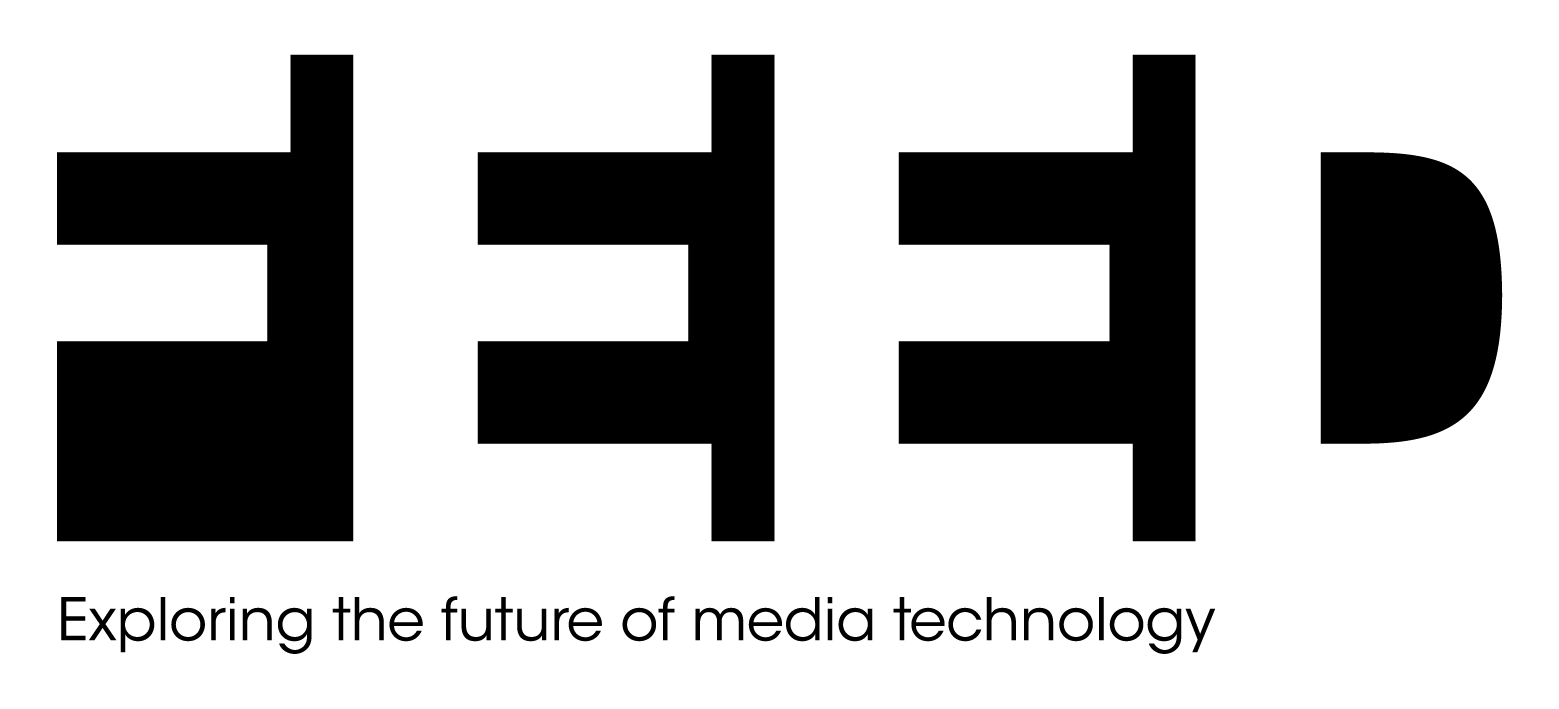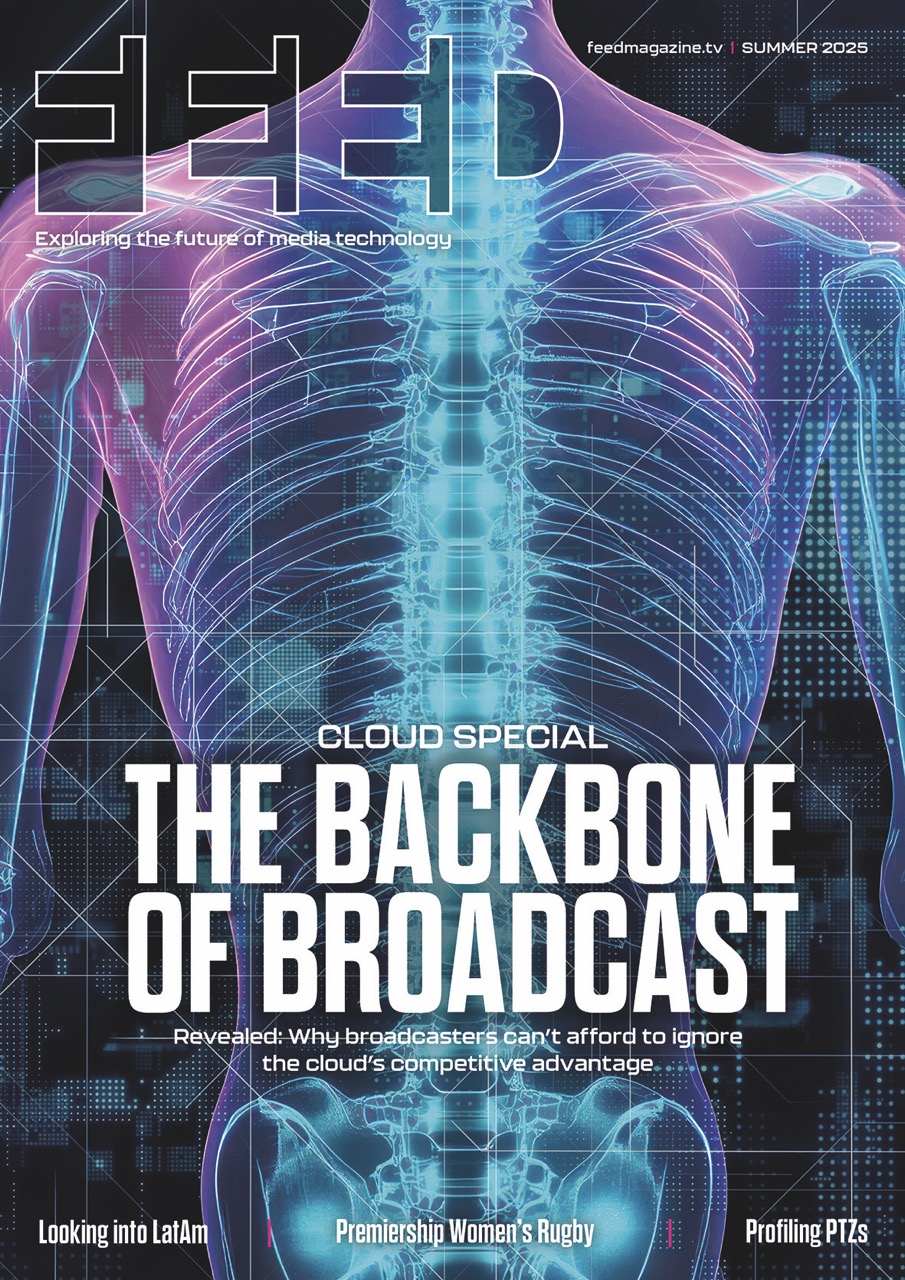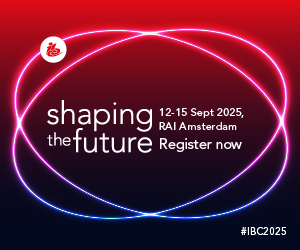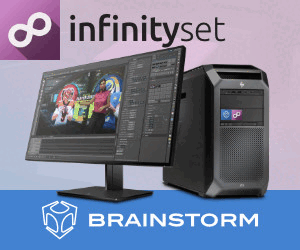Lawo: See you on the media exchange layer

Posted on Aug 5, 2025 by FEED Staff
The only constant in the broadcast and pro AV worlds seems to be change
Most broadcasters and service providers have either already migrated to ST 2110 IP or are in the process of doing so.
Early adopters immediately realised that IP, paired with a powerful control system, was able to deliver much more than an SDI system. The Plazamedia project in Bavaria, for instance, decided that gateways and some software-based processing functions running on the same hardware platform were a nice start. But, they wanted to use their processing resources to build generic galleries that can be configured simply by logging in and specifying what you wanted to do.
Based on that info, the screens were set up and controls linked to processors. As more IP-compatible equipment was added, the generic galleries became more versatile.
A few years later, some engineers in Belgium began to question the scalability of this networked approach. It wasn’t the IP-based backbone that worried them, because IP networks can be scaled almost infinitely.
What caused concern was the growing number of bespoke hardware and the ensuing energy, space and cooling requirements in their data centres. The entire infrastructure needs to run 24/7, generating heat and burning power, while most devices are active less than 50% of their active service life.
To top it off, this usage model was considered a waste of space. Only weeks before the European Broadcasting Union (EBU) published a whitepaper to this effect, Lawo launched its first HOME Apps: software-based processing that can be switched on/off via a controller like VSM or in HOME. Running on generic IT servers, they eliminate the need for custom hardware – and multiple apps can run on one server.
The EBU calls processing capabilities that run on IT servers the Dynamic Media Facility, because a server’s functionality depends on the apps that are needed in a given workflow. Provisioning the right app combination (Lawo currently offers 14 HOME Apps) can be achieved with a broadcast controller.
An even more dynamic workflow is facilitated by Lawo’s Flex Subscription credits, which can be allocated not only to any of the currently available apps, but also to unlock add-on licenses for the .edge gateway and processor, as well as HOME itself.
With the help of the Dataminer software, it is even possible to schedule app-based workflows, complete with establishing whether enough computer cores and licence credits will be available on that day and booking what is required.
The Media Exchange Layer project, initiated by the EBU, and now also supported by the Linux Foundation, the North American Broadcasters Association and a select number of broadcast and pro AV vendors makes Dynamic Media Facilities a reality.
The revolutionary aspect of this initiative is that processing apps will both coexist on the same generic servers and exchange data through shared memory, rather than through IP connections.
While ST 2110 IP will still be required to talk to such an integrated processing stack, the apps themselves will communicate on a higher and faster level.
Find out more about Lawo at lawo.com
This article first featured in the Summer 2025 issue of FEED magazine.









